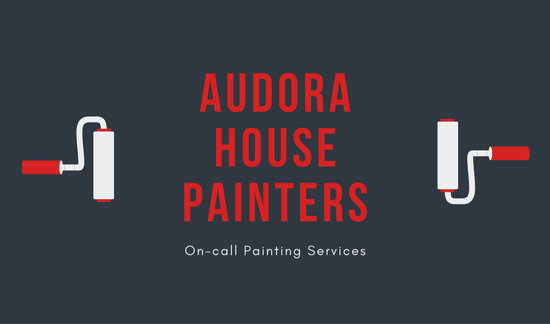Learn Just How Seasonal Aspects Influence Commercial External Painting Success And Discover The Very Best Times To Ensure Long Lasting Results For Your Project
Learn Just How Seasonal Aspects Influence Commercial External Painting Success And Discover The Very Best Times To Ensure Long Lasting Results For Your Project
Blog Article
Team Writer-Burnham Whalen
When you're planning an industrial exterior paint job, seasonal factors can make or break your results. You'll want to consider exactly how temperature level and humidity effect paint application and drying times. Choosing the ideal season can ensure your paint adheres appropriately and lasts much longer. Yet which periods are truly the very best for this kind of work? Let's check out the key elements that can influence your job's success.
The Impact of Temperature Level on Paint Application
When you're planning an industrial exterior painting project, the temperature level can dramatically influence exactly how well the paint sticks and dries.
Preferably, you wish to repaint when temperatures range between 50 ° F and 85 ° F. If it's also cold, the paint might not heal correctly, causing concerns like peeling or splitting.
On the flip side, if it's also warm, the paint can dry out as well promptly, protecting against appropriate attachment and resulting in an unequal surface.
https://www.businessinsider.com/this-paint-color-can-increase-your-home-value-by-6000-2018-6 should likewise take into consideration the time of day; early morning or late afternoon supplies cooler temperature levels, which can be extra beneficial.
Always examine the producer's suggestions for the particular paint you're using, as they often give advice on the suitable temperature level range for optimum outcomes.
Moisture and Its Effect on Drying Times
Temperature isn't the only environmental variable that affects your industrial external paint project; humidity plays a significant function too. High humidity degrees can reduce drying out times significantly, impacting the general top quality of your paint job.
When the air is filled with wetness, the paint takes longer to treat, which can result in problems like inadequate attachment and a greater danger of mildew development. If you're repainting on an especially damp day, be prepared for extended wait times between layers.
It's critical to keep track of regional weather conditions and plan accordingly. Preferably, go for moisture degrees in between 40% and 70% for optimum drying.
Maintaining these factors in mind ensures your task stays on track and supplies an enduring finish.
Best Seasons for Commercial Exterior Painting Projects
What's the best time of year for your commercial external paint projects?
Springtime and early autumn are typically your best bets. Throughout these seasons, temperature levels are moderate, and moisture degrees are typically reduced, developing ideal conditions for paint application and drying out.
Avoid summer season's intense heat, which can create paint to dry as well quickly, bring about inadequate bond and surface. Likewise, winter months's cool temperature levels can hinder appropriate drying and healing, risking the long life of your paint job.
big painting companies near me for days with temperatures in between 50 ° F and 85 ° F for ideal results. Keep in https://spencerlwgow.blog4youth.com/35812525/inquiries-to-ask-before-hiring-a-painting-specialist to check the neighborhood weather report for rain, as wet problems can wreck your task.
Preparation around these elements guarantees your paint job runs smoothly and lasts much longer.
Verdict
In conclusion, planning your commercial exterior painting projects around seasonal factors to consider can make a considerable distinction in the end result. By scheduling job throughout the ideal temperatures and moisture degrees, you'll ensure far better adhesion and drying out times. Remember to keep an eye on local weather report and select the correct time of year-- springtime and early fall are your best options. Taking these steps will certainly aid you accomplish a resilient and specialist surface that lasts.
